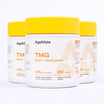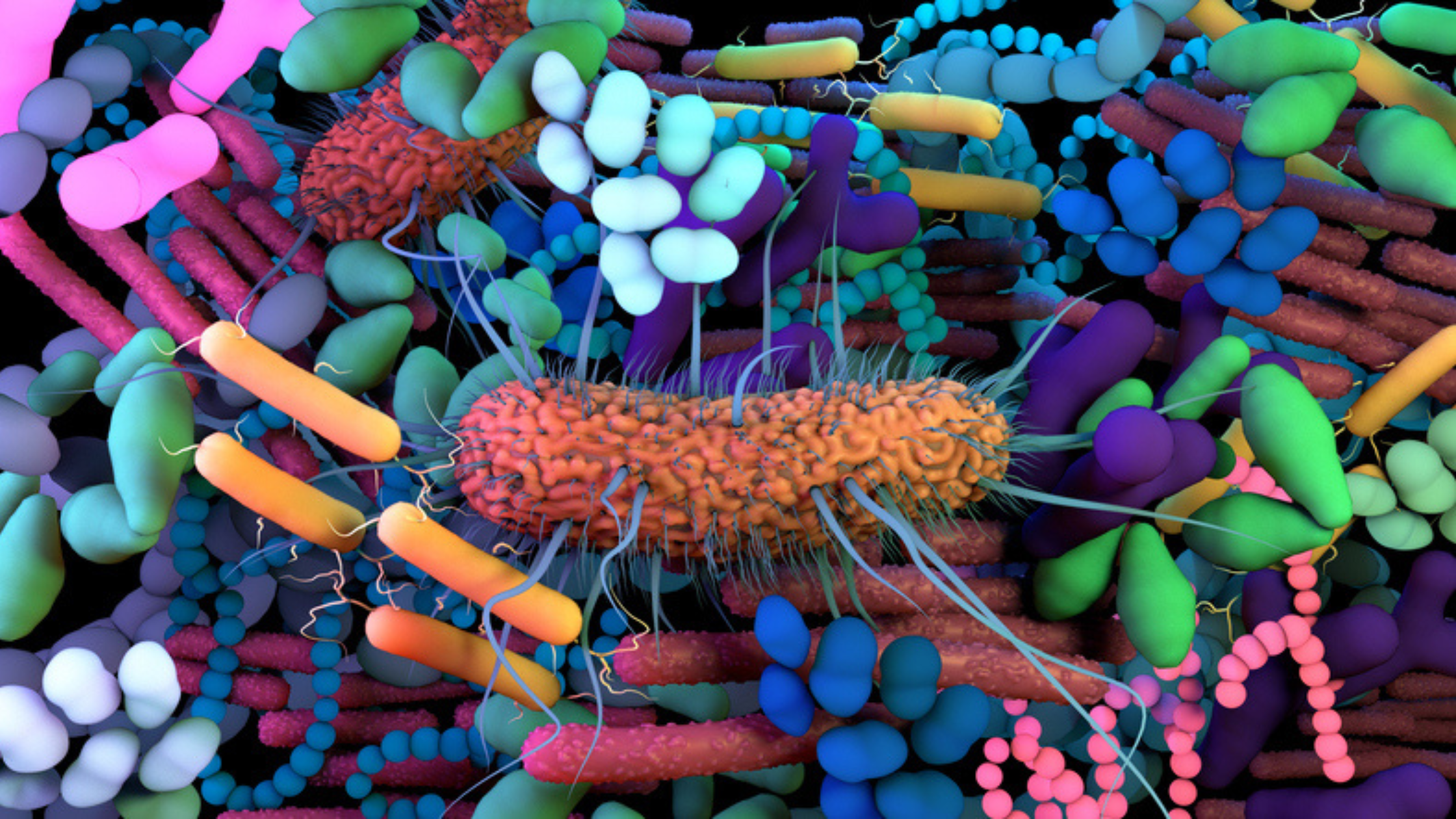Aging, a complex biological process, has intrigued scientists for centuries. The quest to unravel its mysteries led to the emergence of epigenetic clocks—innovative tools that measure biological age based on DNA methylation patterns.
These clocks hold immense promise in deciphering aging's intricacies and understanding its impact on health.
In this guide, you will explore the landscape of epigenetic clocks, distinguishing the best among them, and delve into the recent study shedding light on their efficacy.
Understanding Epigenetic Clocks
Epigenetic clocks are biomarkers that estimate biological age by assessing DNA methylation changes at specific genomic locations, or CpG sites, across the genome (R).
These clocks provide a nuanced view of aging, accounting for individual variations in aging rates, health outcomes, and disease risks.
Rate of Aging Clocks vs. Biological Age Clocks
Epigenetic clocks can be broadly categorised into two types: Rate of Aging Clocks and Biological Age Clocks.
1. Rate of Aging Clocks:
Rate of Aging Clocks estimate the rate at which an individual ages, assessing changes in biological age over time. These clocks offer insights into the pace of aging and variations among individuals (R).
2. Biological Age Clocks:
Biological Age Clocks predict an individual's biological age, a representation of their physiological state, which may differ from chronological age (R).
These clocks evaluate age-related health conditions and predict associated risks.
Epigenetic Clocks: Which is best?
Among the array of epigenetic clocks, a few have garnered significant attention:
1. The Horvath Clock
One of the most widely used epigenetic clocks is the Horvath clock. This clock is based on DNA methylation patterns at specific CpG sites across the genome and can estimate biological age.
It's known for its accuracy in predicting chronological age and has been applied in various fields such as aging research, disease studies, and forensics (R).
2. The Hannum Clock:
Focusing on specific CpG sites associated with age-related health conditions, the Hannum Clock excels in predicting diseases like cancer and cardiovascular issues (R).
3. GrimAge and PhenoAge:
GrimAge and its variant PhenoAge estimate biological age and predict mortality risk and age-related diseases, offering a comprehensive health assessment (R).
4. DunedinPoAm (DunedinPACE)
The DunedinPoAm (also known as DunedinPACE) emerges as a notable addition to the realm of epigenetic clocks, specifically designed to estimate the rate of aging of an individual (R).
Currently, rate of aging clocks are more accurate and precise. They also reflect the success of interventions, which is valuable data when deciphering what longevity strategies might be working (R).
The most useful measure of the best rate of aging is the DunedinPACE clock (R). Originating from the world-renowned Dunedin Study (R), this novel epigenetic clock takes a unique approach by integrating Polygenic Risk Scores (PRS) for age-related conditions, such as heart disease, into its calculations.
The inclusion of the DunedinPoAm clock, which incorporates these Polygenic Risk Scores, adds depth to the discussion by highlighting the integration of genetics into assessing aging processes.
Unveiling the Innovations Behind DunedinPoAm (DunedinPACE)
Let's explore the far-reaching implications and promising horizons this innovative approach holds.
1. Polygenic Risk Scores (PRS)
DunedinPoAm incorporates Polygenic Risk Scores, a sophisticated measure that amalgamates an individual's genetic predisposition to certain age-related diseases.
PRS are numerical representations of an individual's genetic predisposition to a particular trait or disease based on multiple genetic variants across the genome.
These scores are derived from large-scale genetic studies identifying associations between specific genetic markers (single nucleotide polymorphisms or SNPs) and a trait or disease.
By combining information from Polygenic Risk Scores and markers of biological aging (such as epigenetic clocks), researchers aim to understand better the genetic factors that contribute to the rate of aging and identify individuals who might be at higher risk of accelerated aging or age-related diseases (R).
2. Accurate Biological Age Predictions
By integrating PRS into its calculations, DunedinPoAm aims to provide more accurate and comprehensive estimations of an individual's rate of biological aging.
It goes beyond typical epigenetic clocks by considering genetic predispositions and age-related disease risks, providing a more holistic view of aging (R).
Implications and Future Prospects
The DunedinPoAm's innovative approach holds immense promise in the realm of aging research and clinical applications:
Tailored Interventions: With its ability to predict specific age-related disease risks, this clock could enable personalised interventions, allowing individuals to proactively manage their health based on their genetic predispositions.
Enhanced Risk Assessments: Incorporating PRS expands the clock's predictive capabilities, aiding in early identification and intervention for age-related conditions, potentially revolutionising preventive healthcare strategies (R).
Insights into Aging Dynamics: By combining epigenetic data with genetic predispositions, DunedinPoAm could offer unprecedented insights into the complex interplay between genetics, epigenetics, and aging processes (R).
The advent of DunedinPoAm marks a significant stride in the evolution of epigenetic clocks, steering the field towards more comprehensive and personalised assessments of the rate of biological aging.
Its unique integration of polygenic risk scores presents new avenues for understanding aging, predicting health outcomes, and designing targeted interventions.
The Outcome of a Recent Study
A groundbreaking study published in Genome Medicine in 2023 (R) delved into evaluating the performance of various epigenetic clocks. The study assessed their accuracy, comparing predictions of biological age with actual health outcomes, mortality, and disease risks.
The findings unveiled the strengths and limitations of different clocks. The Horvath Clock accurately predicted mortality and disease risks, aligning well with observed health outcomes. However, other clocks, such as GrimAge, exhibited a robust prediction of mortality risk and lifespan.
Conclusion
Epigenetic clocks, with their ability to gauge biological age and predict health outcomes, mark a paradigm shift in aging research.
While each clock has unique strengths, the Horvath Clock, GrimAge, and DunedinPACE emerge as promising tools for assessing aging-related risks and mortality predictions.
In closing, the evolving landscape of epigenetic clocks continues to reshape our understanding of aging.
Their integration into research and clinical practices holds the promise of tailored interventions, personalised healthcare, and a deeper comprehension of the aging process.























